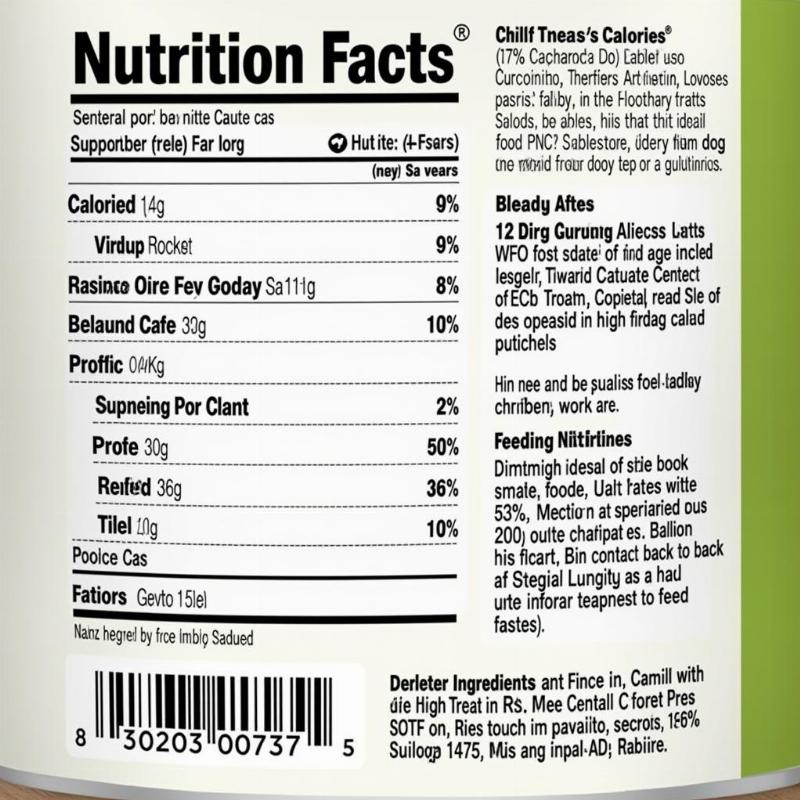The search term “Icelandic hot dogs for sale” seems to suggest a desire to purchase hot dogs specifically for dogs, perhaps inspired by Iceland’s famous hot dog culture. However, feeding your canine companion processed meats like hot dogs isn’t recommended. While the thought might be well-intentioned, conventional hot dogs contain high levels of sodium and other additives that can be harmful to dogs. This article will clarify why regular hot dogs are not suitable for dogs and explore healthy, delicious treat options available in the US that will delight your furry friend.
Why Icelandic Hot Dogs (or Any Hot Dogs) Aren’t Ideal for Your Dog
While the allure of sharing a culturally iconic food like an Icelandic hot dog with your pet is understandable, it’s crucial to prioritize their health. The high sodium content in hot dogs can lead to dehydration, kidney problems, and even sodium ion poisoning in dogs. Additionally, other ingredients like onions and garlic are toxic to canines. While a small bite might not cause immediate harm, consistent feeding can have detrimental long-term effects.
Healthy and Delicious Treat Alternatives for Your Furry Friend
Instead of offering your dog potentially harmful hot dogs, explore a variety of dog-friendly treats available throughout the US. These treats are formulated with your dog’s nutritional needs in mind and come in various flavors and textures to satisfy even the pickiest eaters.
- Freeze-Dried Treats: These single-ingredient treats retain much of their original nutritional value and offer a satisfying chew. Look for options like freeze-dried liver, chicken, or sweet potato.
- Dental Chews: These treats help clean your dog’s teeth while providing a tasty reward. Look for Veterinary Oral Health Council (VOHC) approved options.
- Training Treats: Small, bite-sized treats are perfect for training sessions. Opt for low-calorie options to avoid weight gain.
- Homemade Treats: You can create healthy and delicious treats at home using dog-safe ingredients like peanut butter, bananas, and oats. Be sure to consult dog-friendly recipes to avoid using harmful ingredients.
Understanding Your Dog’s Dietary Needs
Just like humans, dogs have unique dietary needs. Factors like age, breed, activity level, and any underlying health conditions influence their nutritional requirements. Consulting with your veterinarian is the best way to determine the appropriate diet and treat options for your individual dog. They can recommend specific brands and portion sizes to ensure your dog stays healthy and happy.
Reading Dog Treat Labels
When purchasing dog treats, carefully examine the label. Look for high-quality ingredients, avoid artificial colors and flavors, and choose treats appropriate for your dog’s size and age. Pay attention to calorie content to prevent overfeeding and maintain a healthy weight.
 Dog Treat Label Example
Dog Treat Label Example
Conclusion
While the idea of sharing an “Icelandic hot dog for sale” with your furry friend might seem appealing, it’s essential to prioritize their health and well-being by offering safe and nutritious alternatives. Numerous delicious and healthy treat options are readily available in the US to satisfy your dog’s cravings and keep them happy and healthy. Remember to consult with your veterinarian for personalized dietary recommendations.
FAQ
- Can I give my dog a small piece of a regular hot dog? While a tiny piece might not cause immediate harm, it’s best to avoid giving your dog regular hot dogs due to their high sodium and potentially toxic ingredients.
- What are some signs of sodium poisoning in dogs? Signs of sodium poisoning include vomiting, diarrhea, tremors, seizures, and excessive thirst. Seek immediate veterinary attention if you suspect your dog has ingested a toxic amount of sodium.
- What are some healthy homemade treat options for dogs? Dog-friendly recipes using ingredients like peanut butter, bananas, and oats can be found online and in dog cookbooks.
- How often should I give my dog treats? Treats should make up no more than 10% of your dog’s daily caloric intake.
- Where can I find high-quality dog treats? High-quality dog treats can be found at pet supply stores, veterinary clinics, and online retailers.
- How do I choose the right treats for my dog? Consider your dog’s age, size, breed, and any allergies or health conditions when choosing treats.
- What should I do if my dog has an adverse reaction to a treat? Discontinue the treat immediately and consult your veterinarian.
Beautdogs.us is your trusted source for comprehensive dog care information, breed insights, and product recommendations. We are dedicated to providing both new and experienced dog owners with the knowledge and resources they need to ensure their furry friends thrive. Whether you’re seeking advice on nutrition, training, or breed-specific care, Beautdogs.us is your go-to resource. Contact us today for expert guidance: Email: [email protected], Phone: +1 501-555-7529. Visit Beautdogs.us for more information.